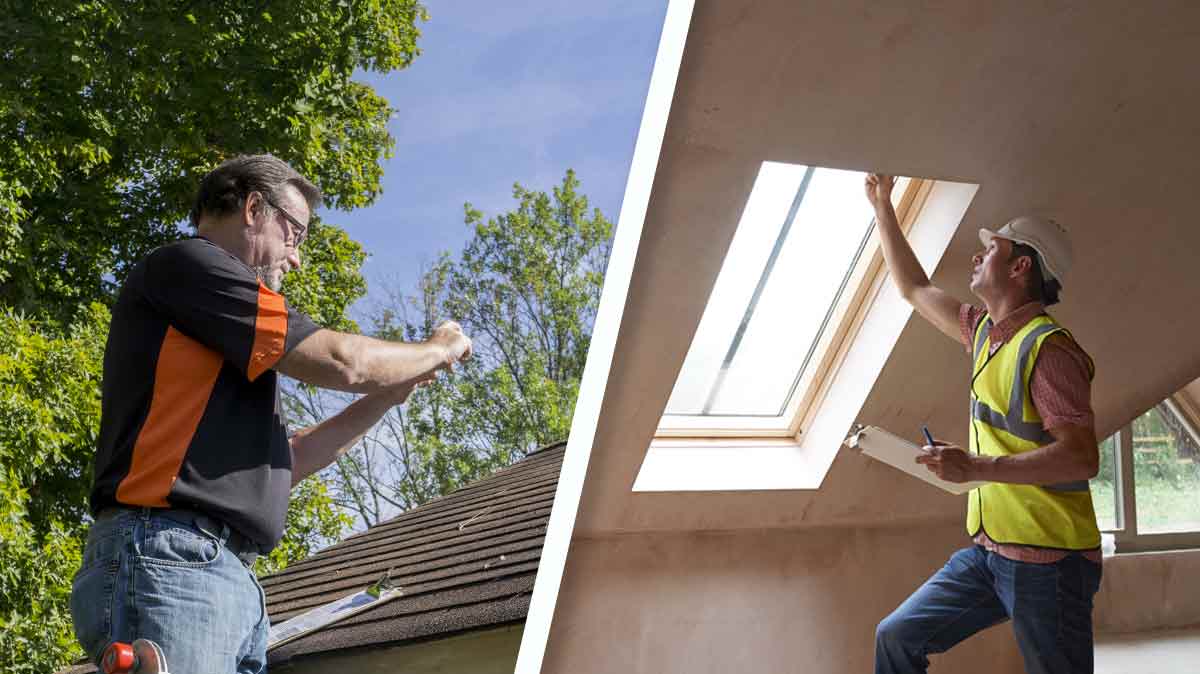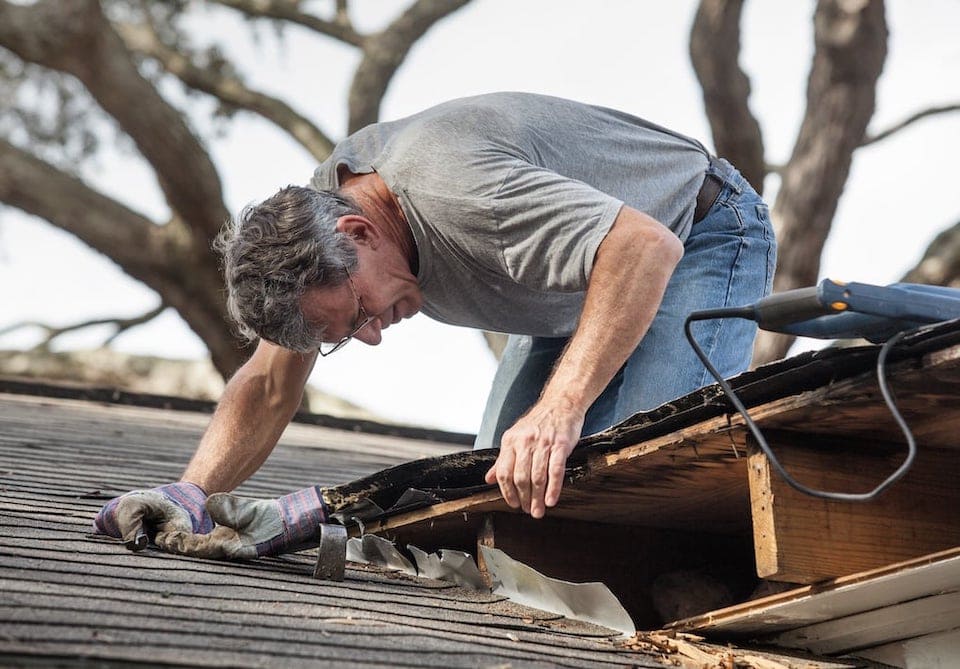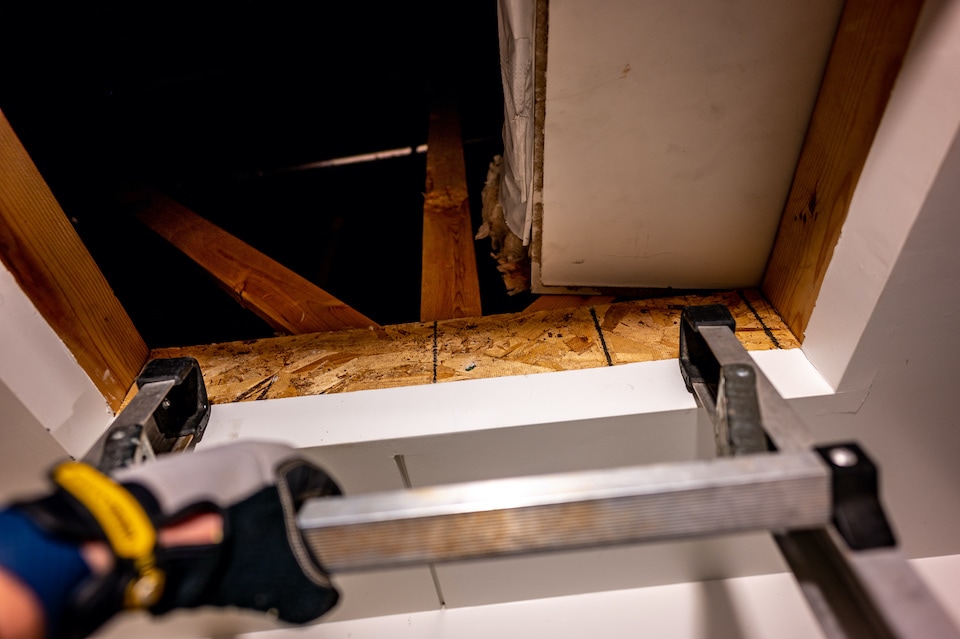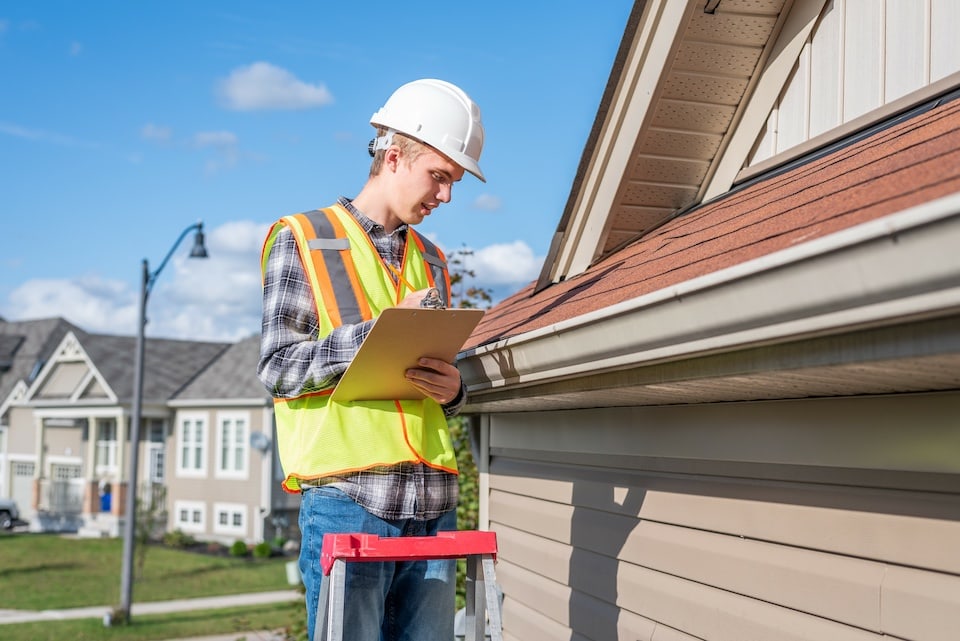Homeowners might believe that as long as the roof looks free of debris or damage, that they’re in the clear. But over time your roof’s integrity does decline, especially without proper maintenance.
Roofing inspections are critical to increasing the longevity of your roof and spotting problem areas that could cost you significant money in repairs. They should be performed at least once every three years or immediately after a severe storm. If you have neglected to get your roof inspected, or if it’s your first time, there are a few things you should know.
What To Expect During a Home Roof Inspection?
How Long Does a Roof Inspection Take?
Depending on the size, type, and slope of your roof, a thorough roof inspection can take just under an hour. In recent years, roofers have introduced drones into their standard practice for inspections and that way can shave off 30-40 minutes from an inspection. Of course, you will have to schedule the inspection which can take a while if the contractor you are working with is very busy. After severe storms, this can definitely be the case.
When Should I Schedule a Roof Inspection?
Many homeowners may get roof inspections after severe weather comes through, which is definitely a good idea, but it isn’t the only time you should get an inspection. You should also get a roof inspection if you are prepping to sell your home (replacing the roof can be a big selling point), and every few years depending on roof type and location.
For example, asphalt shingle roofs should be inspected about every 3 years, while tile and metal roofs can go much longer between inspections—closer to 5-6 years. Living near the coast or in a climate with heavy snow or rain can wear away your roof much faster, and you may want to consider more frequent roof inspections in those areas.
The time of year that is best for scheduling your roof inspection is in the fall before cold weather and ice and snow begin. If your roof needs replacement or repair, you can catch it before any further damage occurs. The snowmelt in the spring can be a definite risk of water damage if your roof isn’t up to snuff.
What Can I Expect During my Professional Roofing Inspection?
When you hire a professional roof inspector, you can expect them to check for a few things. First, they’ll look for obvious signs of damage or leaks, wear and tear from an aging roof, and other issues that can occur from poor installation or maintenance.
In order to hit every area, inspections are usually broken up into 4 categories; structure, material, interior, and workmanship. This ensures every aspect of the roof as a whole is inspected. They will also look at the chimney, soffits, gutters, and any other system associated with your roof’s function and ability to protect your home. And to do a thorough inspection to check for leaks and water damage, you can expect them to do both an exterior and interior inspection.
Exterior Roof Inspection
The first step in a typical roof inspection is taking a look from the ground level at the drainage patterns of your home and looking for any worn-out areas. The next step involves getting a ladder and checking out the roof.
Here, the inspector will look for leaks, damaged shingles, loose granules, and any other problematic spots. They may even circle any spots with washable chalk to make sure they don’t miss it when filling out their report. They will also check all the “joints” of your roof including sidewalls, dormers, and valleys to assure that the flashings are properly sealed.
During an exterior inspection, the inspector may be looking for:
- Cracked caulk or rust spots on flashing
- Shingles that are missing, broken, buckling, curling, or blistering
- Cracked or worn rubber boots around vent pipes
- Large groups of moss and lichen, which could signal roof decay
- Instances of mold and roof rot
- Leaks of any kind
- Signs of structural issues such as a sagging roof deck
- The structural integrity of your gutters.
Interior Roof Inspection
Once they have noted all the problem spots on the exterior, an inspector will want to check out the interior to look for more serious conditions that may be hidden from the exterior inspection. Insulation and ventilation play critical roles in the longevity of your roof. Any signs of moisture, mold or sagging will lead to major repairs.
During an interior inspection, the inspector may be looking for:
- Moisture around fireplaces
- Peeling paint where the roof overhangs
- Dark areas on your ceiling
- Concave areas on your ceiling
- Leaks
- Water Stains on pipes near the water heater/furnace
- Mold and rot on your wood rafters
Can I Do my Own Roof Inspection?
Sure! It’s absolutely possible to do your own inspection if you don’t want to call a contractor, especially for regular roof inspections for maintenance purposes. You can follow the same steps as the above exterior and interior inspections we listed above, as long as you can safely do so. We don’t recommend inexperienced homeowners to get up on the roof, but you should be able to spot any immediate damage and assess the condition of your roof just by looking at it. If you see anything obviously wrong, you should call a professional for a more thorough look.
The same goes for an interior inspection. If you have easy access to your attic, go ahead and take a flashlight and peek around from the attic entrance. Look for any spots of water damage, discoloration, wet insulation, etc. If everything from that view looks ok, you shouldn’t need to walk into your attic and risk injury or causing damage to your attic floor.
Roof Inspection Cost, Action Plan, and Next Steps
If you are worried about the costs involved with getting a professional roof inspection, there is no need to worry. In todays market, most roof inspections cost somewhere around $200. It is also common to find some contractors who offer complementary roof inspections, especially when there is suspected storm damage.
Another benefit of going the professional route is that once the interior and exterior inspections are done, your professional inspection team will go down their checklist identifying any issues that need to be fixed. They will then go over that list prioritizing imminent threats that should be taken care of immediately. If necessary, they will provide you with a formal estimate for the repairs.
That’s it! Hopefully, your first inspection doesn’t alert you to any significant problems, but if it does, the roofing experts at Secured Roofing and Restoration can provide everything you need to get your roof back to 100% without a hassle. We offer comprehensive roof repair services to ensure you get back to normal in no time at all.
Frequently Asked Questions
What happens during a roof inspection?
A roofing inspection is a routine checkup on the integrity of your roof. Homeowners choose to inspect their roofs for a number of reasons, predominantly to check for storm damage or to determine the life left on the roof of a newly purchased home.
How often do I need to have my roof inspected?
Generally, there are three important times to have your roof inspected: when you purchase a used home, after a severe storm rolls through, or at the half-life of your roof. So if you expect your shingle roof to last 20 years, have it inspected 10 years down the road.
Can I perform my own roofing inspection?
We do not recommend that homeowners inspect their own roofs. Getting on your roof can be dangerous in and of itself. Not to mention the average homeowner doesn’t know what signs of damage to look for. Your home is a massive investment, and it isn’t worth the risk to inspect it yourself. We recommend hiring a local roofer you trust to take a look at your roof when its inspection time.




